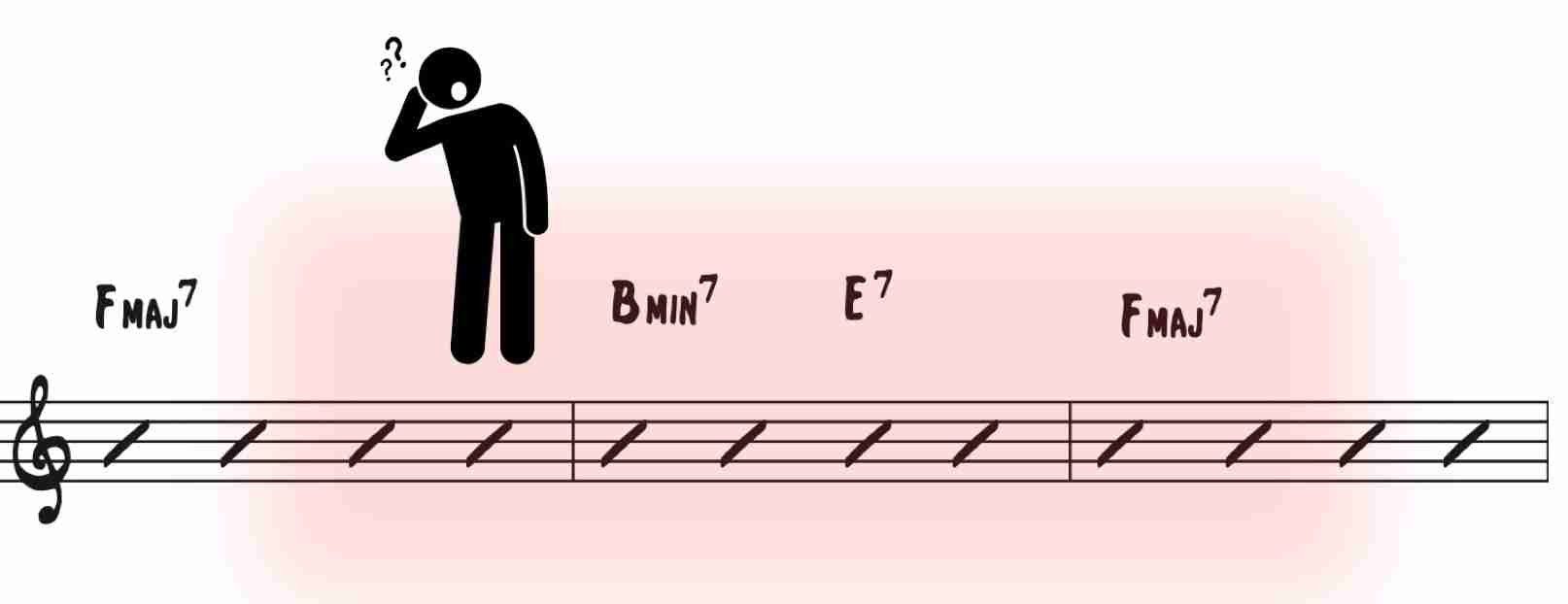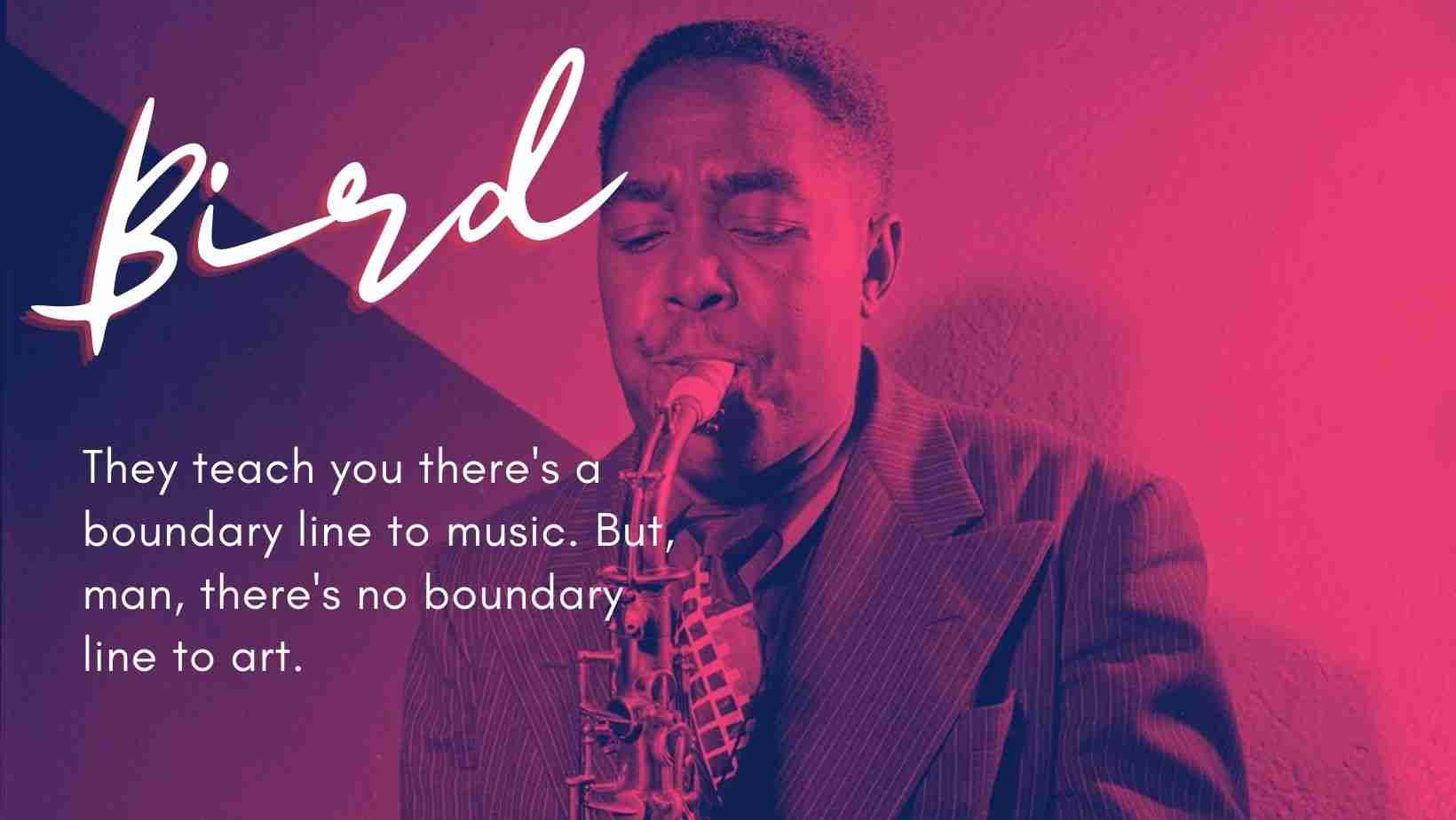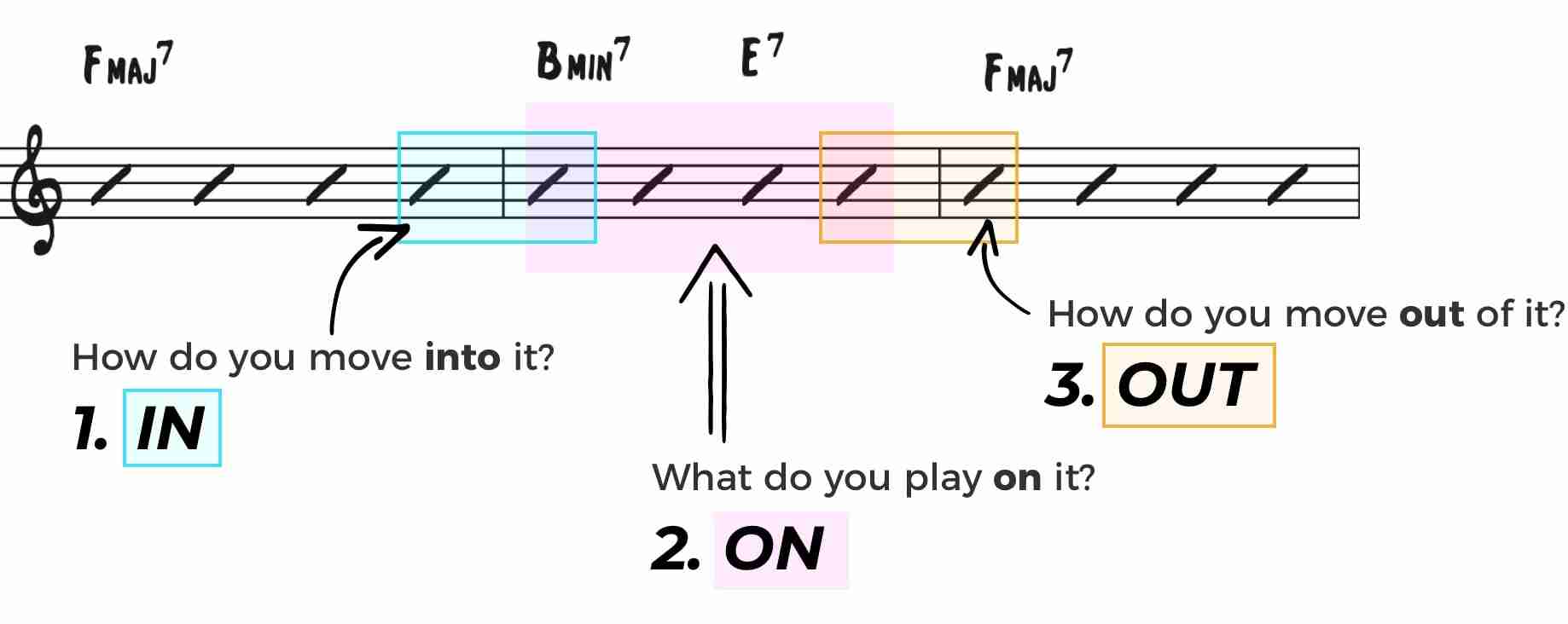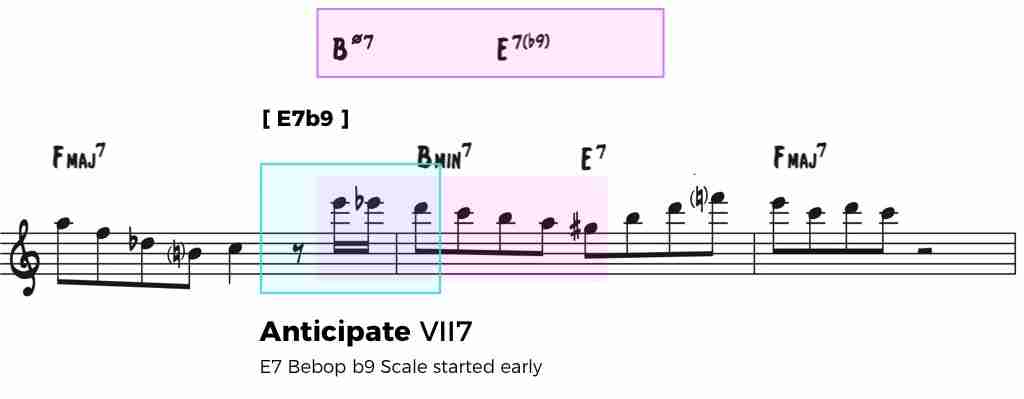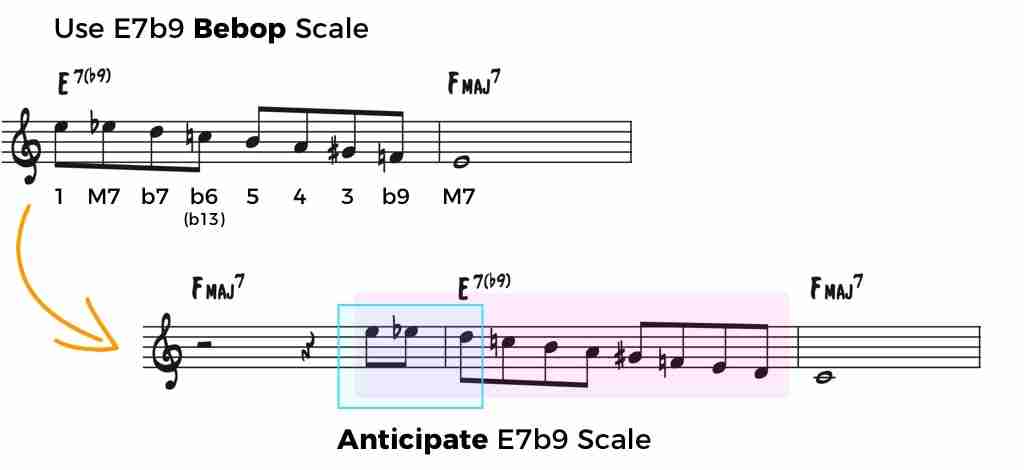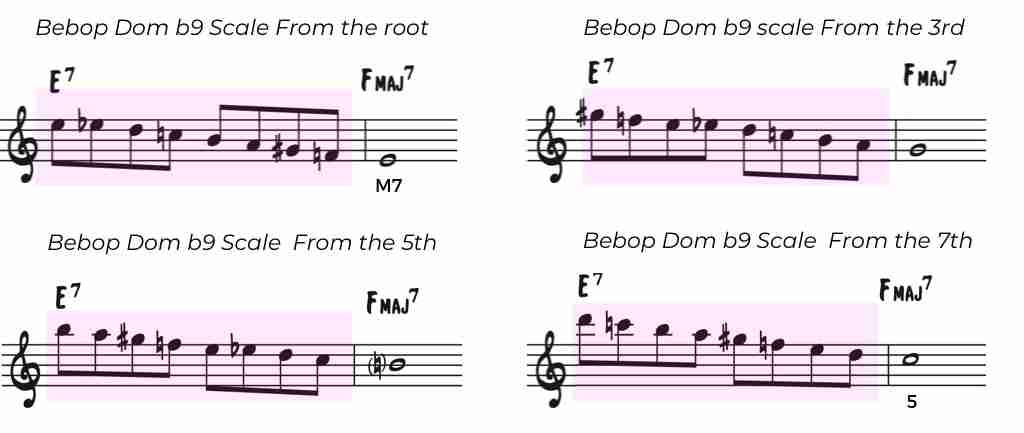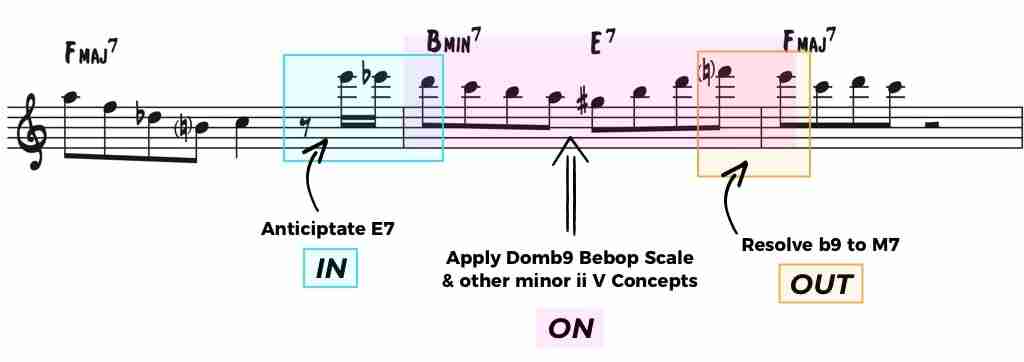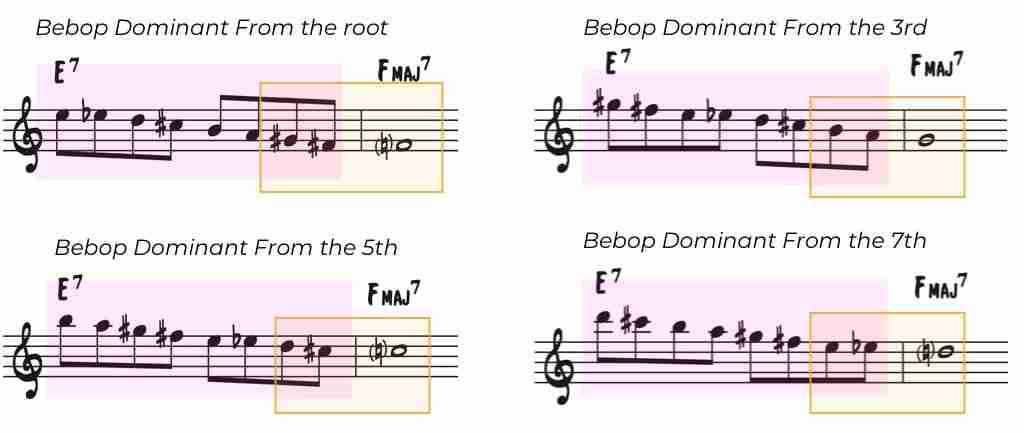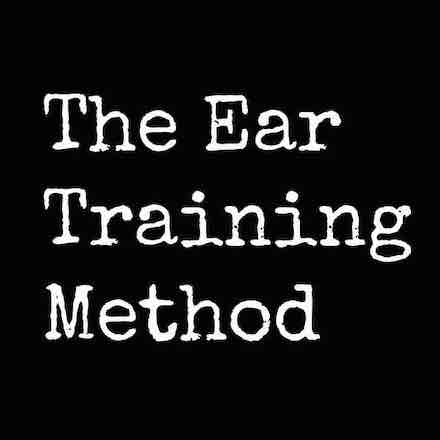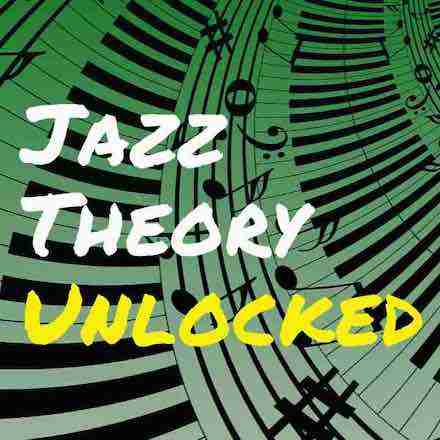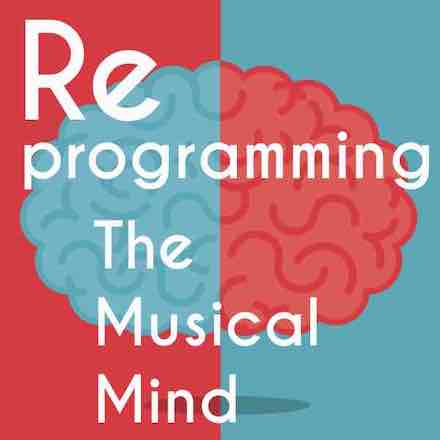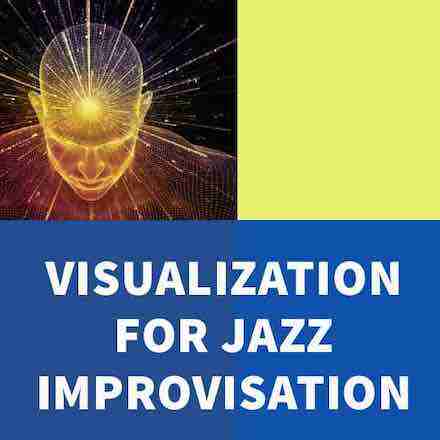With its unique opening chord changes, the jazz standard I Remember You poses quite the challenge to most jazz improvisers, which is surprising because the chords themselves don’t seem that difficult. But it’s not the individual chords that create the problem…It’s the way one chord moves to the next chord…
We’re simply not used to seeing or hearing the specific chords of this tune come one after another…
It’s a lot like running into someone you know from work, at the gym…you’re getting ready to jump on the treadmill, lift some weights, or do some pushups, and you see this person in front of you that you swear you know, but can’t quite place where you know them from.
Of course you know this person, you work with them! But you’re not used to seeing them at the gym – different clothes, a different demeanor, a different context.
It’s this different context that confuses your brain and makes you freeze…
Now that’s what happens when you encounter a familiar chord in an unfamiliar context – you freeze and your brain can’t fully process what’s in front of it, even though you’re familiar with it!
This is the precise problem that happens to so many of us within the first few bars of I Remember You. We freeze because we’re not used to seeing these chords all together.
If you’ve ever played this tune before, or even if you haven’t, chances are you know each individual chord here, but you’re not used to moving between them.
And this is the biggest challenge to this tune! In fact, the rest of the tune is fairly “normal,” it’s just this one little place that turns everything on its head…
Funny how that works. How a single spot in a tune is usually the culprit for the entire difficulty of the tune. But knowing that this is the spot in this standard, we can zoom in on the issue and construct an approach to playing over it.
And what better way to iron out the challenges in any standard than turning to the legend himself, Charlie Parker.
Charlie Parker and The Challenges of I Remember You
When you transcribe Charlie Parker, be prepared to have your mind blown…
Rhythmically, melodically, harmonically…when Bird plays, it’s as if he’s playing 10 concepts at once yet singing everything that comes out of his horn in the most lyrical fashion.
I mean, just listen to this solo on I Remember You.
Beautiful stuff, but where to begin?
With Bird’s playing, there’s just so much going on in every measure. And because of this it can be difficult to learn from him.
Most people end up copying BIrd’s lines or solos verbatim, not really knowing what to do with all the information.
But what helps with this Parker-information-overload is focusing on one part of the solo and tackling one specific problem.
Using this strategy while transcribing Charlie Parker will help you focus your practice and understanding, while helping you to not get lost in the greatness that is Bird.
Today we’ll implement this strategy, exploring exactly how Charlie Parker solos over the first few bars of I Remember You, focusing on the problem of how he approaches the second measure, the chords that seem to come out of nowhere that make everyone freeze up.
With Bird’s help, we’re going to break down:
- How to get INTO the second measure
- What to play ON the second measure
- How to get OUT of the second measure
And by understanding everything Bird is doing in terms of this simple framework, we’ll learn to achieve freedom over the most challenging part of I Remember You.
Here we go…
The Melody Knows All
When it comes to soloing over jazz standards, so much of the time we rack our brains for what to play when the answers are right in front of us the whole time…
And this couldn’t be more true than with I Remember You.
You could spend years thinking of ways to smoothly move between the first few bars, but the truth is, the best way is staring you right in the face, being played every single time you listen to the melody.
That’s right, the melody of a tune knows all.
Often, the secrets to improvising over a tune are embedded in the melody. Get in the habit of looking there first!
And Charlie Parker knew about the value of the melody more than anyone. He knew that the secrets to soloing strong melodies over any chord progression could often be found within the melody of the tune itself.
Think about it…
The composer built the melody to not only reflect the harmony, but to stand alone as a strong identifiable singable line, spending time refining and crafting its shape and structure. Of course the melody has all the secrets!
To hear Bird using the melody of I Remember You within his solo, you don’t have to go far. Listen to the very first line of his solo and see if you can hear it…
It might not seem like much, but right after the solo break, he goes right into using the melody, compressing it into a series of four eighth notes, rather than four quarter notes.
And the real power in using the melody when you solo is not just quoting it, but understanding the deep relationships within it that the composer is using.
For example, what tactic is the composer using to connect the F major to B- and E7?
The primary device that he’s capitalizing on here is the common-tone connection between all 3 of these chords.
The 7th of F major (E), becomes the 4th of B- and the root of E7.
By using this note as a pivot point between these chords, the composer moves seamlessly between all 3 chords.
Charlie Parker realizes how important the note E is here…
He not only understands that it can be a target to aim at when heading into the B- chord, but it can also be used as a starting-point to move out of E7 and back to the tonic as he illustrates in this line…
Using this common-tone connection smooths out the transitions into the B- and out of the E7. It’s subtle, but very important.
Whenever you are having difficulty soloing over a part of a jazz standard, turn to the melody. Strive to understand the logic behind how the composer wrote the melody over the chords that are giving you trouble.
And then, see how the soloist makes use of these details when they improvise.
All the great jazz musicians of the past knew the power of the melody. It’s time you did too!
The Old Minor ii V7 Trick
Sometimes when you transcribe Charlie Parker, what you find seems so crazy, and it’s difficult to understand exactly how he’s coming up with such unique bebop lines…
However, most of the time he’s either…
- Thinking of chord-tones that are higher up in the chord
- Or thinking of an entirely different chord than you might think to play
And the second option is the case with this line right here. Any ideas on what he’s doing over the B- E7?
Notice the C natural over B minor (which would be the b9) and the F natural over the E7 (the b9)?
These particular notes, along with the shape and concept behind the line all come from thinking of a minor ii V7 instead of the written chords, the major ii V.
This strategy is fairly simple – rather than thinking of B- E7 (a major ii V in the key of A major), he switches the chord qualities to B half-diminished and E7b9, utilizing a minor ii V of A minor.
And this strategy of thinking of a minor ii V instead of a major ii V works really well over this part of the progression.
It pushes you forward toward the tonic and allows you to draw from the many concepts that work over a minor ii V7, including the concept that Bird uses here, a frequently used scale that I like to think of as the Bebop Dominant b9 scale.
By playing the scale a half a beat early, he anticipates the sound of this E7b9 scale…
But let’s break this scale down for you a little more…
This is what I mean by the Bebop Dominant b9 Scale – it has a half step in between the root and the b7 like basic bebop scales do, but it includes a b9 and a b6 making it an effective tool for the minor ii V. (I call it the b9 Bebop Scale for brevity, but note that there is also a b6 in it)
This is a great scale to practice and have under your fingers in all keys. To start drilling it, play it descending from the root, 3rd, 5th, and 7th like this:
You can of course resolve to different places than I’ve written or alter the exercise however you like, this is just a suggestion of how you might use this scale over these chords and how you might resolve it.
Now it’s also interesting how Charlie Parker comes out of this line and back to the Tonic. He resolves the b9 of E7 (F natural) down a half-step to the 7th of F major (E).
Resolving to the major 7th from the b9 like this is a great piece of information to know, giving you a new resolution point to make use of.
Notice how much valuable information you can get from a single Charlie Parker line? Whether it’s a full measure or even 2 notes, he gives you a lot to think about!
To sum up, this is what we discovered in this line about how Bird moves into the B- E7, what he plays on it, and how he transitions out of it…
There’s a lot going on here, just in the span of a couple measures.
Make sure you understand the power of thinking in terms of a minor ii V instead of a major one, what types of scales and concepts you can apply because of this, and how to use anticipation to smoothly connect the chords.
But of course, this is just one approach of many that Bird uses…
Bird Basics: Really, Just Play The Changes?
Now just as you start to think that the minor ii V7 approach is the secret to this bar, Charlie Parker goes and does something different…
Have a listen to this line and see if you can tell how he’s approaching the tricky second bar this time:
That’s right, he’s just thinking of the standard B- E7 chords and playing part of a simple B minor arpeggio (1-5-7) into a piece of the Bebop Dominant Scale (3-2-1-M7-b7)
It doesn’t get any simpler than this. He’s just playing the changes…but here’s the thing…
- He can hear how the ii V language fits within this context
- He can hear how it resolves in this context
And that’s the difficulty – just because you understand and might even be able to apply this information, it’s only good if you can hear it!
If you want to be able to hear these techniques like Bird can, make sure you’re working on training your ears every single day and putting some time in on the piano. They’re both vital to your success as a musician.
Now let’s talk about how Bird is resolving this line – he’s actually playing the Bebop Dominant Scale over the bar line, moving to the 6th of F major, which then leads into another enclosure on the F major chord, but let’s just focus on how he moves out of the E7 into the 6th of F major for now.
Just like before how you practiced the Bebop Dominant b9 Scale and resolving it, you can also practice the standard Bebop Dominant Scale, again from the root, 3rd, 5th, and 7th.
Notice the resolutions back to the Tonic and how the scale works in this context…
And again, you can resolve to different places than I’ve written or alter the exercise, this is just a starting place…
Remember, the challenge in using the Bebop Dominant Scale and other ii V or Dominant concepts here is not the notes, it’s the way it sounds.
It doesn’t sound completely natural to most people to hear an unaltered standard dominant sound in this measure, so take your time and learn to hear how this standard bebop language fits over this measure.
Combining Tactics Over I Remember You
And finally, let’s take a look at how Bird combines several techniques in a single line…have a listen…
First, he gets into the B- E7 with a common-tone-connection, the E natural that’s shared between F major and B minor.
Next, he treats the whole measure as E7 and plays an idea from the Bebop Dominant Scale.
And finally, he transitions out of the bar and back into the Tonic by using the 7th & 5th of E7 as an enclosure of the 5th of F major 7.
So, by combining tactics that move him into this measure, what he plays on this measure, and how he transitions out of it, Bird is able to navigate this tricky part of the tune with ease
And that’s what you should now be able to do after today’s lesson – you now have several ways to approach the first few bars of I Remember You that you didn’t have before, which should allow you to easily master these difficult measures.
To recap, here are some of the techniques that you’ll want to review from today:
- Understand the melody – Get in the habit of looking there first for interesting soloing concepts and ideas.
- Find common-tone connections – These are super powerful and will give you a way to connect chords that are sometimes tricky to connect.
- Think minor ii V over major ii V – You can switch to thinking of a minor ii V, but use your ear and make it sound right.
- Apply the Bebop Dominant b9 Scale – This scale is a great tool over a minor ii V. Learn it in all keys and start using it!
- Apply the Bebop Dominant Scale – This common scale is an essential part of the bebop vocabulary. Learn it inside and out, understanding how the greats apply it.
- Use anticipation – Anticipating the B- from F major creates a strong transition between the chords. Always be on the lookout for these anticipation opportunities.
- Apply Basic Bebop Language – Learn to apply your ii V and dominant language in places like this that might take some getting used to. Remember, the trick is learning to hear in the new context.
- Combine Everything – Do what Charlie Parker does and combine everything you learn into one seamless line!
You can apply the process of what we did here today to any tune you’re working on! Focus on breaking the changes down into the primary challenges that you face with them.
And remember, most tunes have one or two central challenges. Find these and Focus on them and you’ll unlock the entire tune!
Create simple ways to understand things like we did today—how you get in, what you play on, how you get out—and constantly seek to push your understanding to the next level.
Be curious and excited to keep exploring why a particular tune presents a challenge and how you can best tackle it. With a little practice using this process, you’ll soon have the necessary tools to pull apart any standard and understand what makes it tick!


